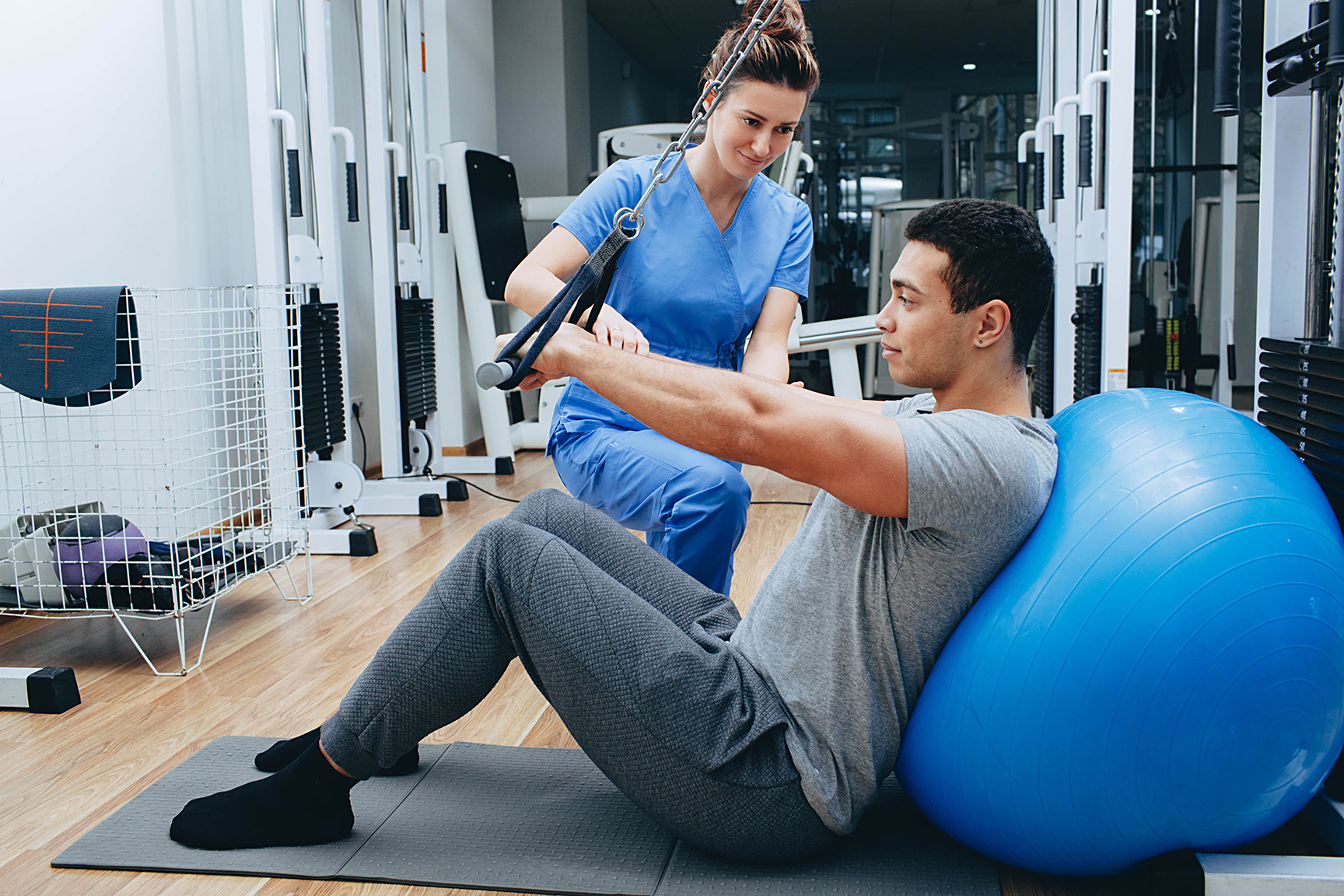Tapping into Community Energy to Boost Performance and Dedication in Athletic Communities
Wellness communities are assemblies of people who come united with a shared goal of enhancing their physical well-being and fitness. These communities can be found in multiple formats, including fitness centers, athletic squads, jogging groups, and virtual fitness platforms. The combined momentum generated within these groups plays a crucial role in enhancing personal output and fostering dedication among members. This article examines how the shared drive and support from peers can elevate fitness standards and strengthen dedication to personal health goals.One of the key advantages of becoming part of a wellness group is the support that participants offer each other. When people work out together, they often push one another to attain their full potential. This concept, known as social facilitation, suggests that individuals function better when they are in the company of peers. The enthusiasm and energy that flow through a team during a training session can inspire participants to try harder and achieve more than they would alone. This shared moment not only enhances bodily performance but also creates a feeling of camaraderie among members.
Accountability is another crucial aspect of wellness groups that helps increase commitment to health goals. When people are connected to a team, they are more likely to attend for training sessions and stay consistent with their exercise programs. Knowing that others are relying on them can inspire individuals to adhere to their regimens and avoid missing workouts. Additionally, sharing personal progress with the group can foster a sense of responsibility, as members celebrate achievements and motivate one another through obstacles. This responsibility can be particularly valuable for those who have difficulty with maintaining drive on their own.
Moreover, fitness groups often offer access to resources that improve performance. Many groups have experienced trainers or knowledgeable members who can provide guidance powerlifting fitness training programs on efficient training techniques, nutrition guidelines, and injury prevention approaches. By gaining knowledge from one another and exchanging insights, community participants can enhance their abilities and understanding of exercise science. Furthermore, team activities such as classes or team sports often expose people to different workouts that they might not attempt alone. This introduction works to broaden workouts and keeps participants engaged in look at this website their fitness pursuits.

In summary, harnessing shared momentum within fitness groups substantially influences personal results and commitment standards. The encouragement from peers fosters an environment where members feel motivated to push their boundaries while staying accountable to their goals. Availability to collective insights and tools additionally improves the entire experience of being part of these groups. As individuals continue to participate in these supportive groups, they not only enhance their bodily well-being but also develop long-term relationships that contribute to their well-being over time.